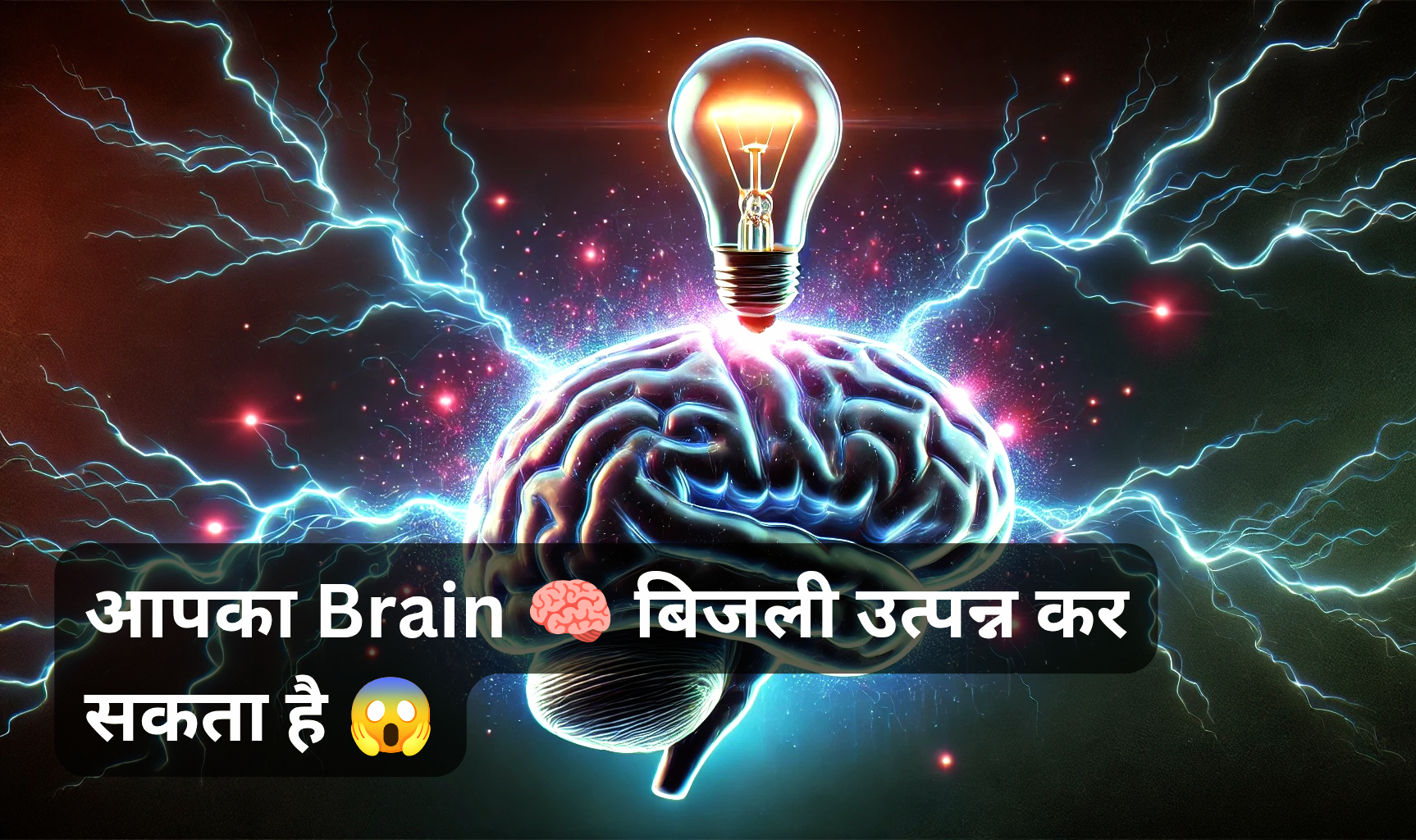The brain’s electrical activity is a result of the interactions between neurons, which are specialized cells that transmit information throughout the nervous system. The process works as follows:
- Neurons Communicate Using Electrical Signals
Neurons communicate with each other using electrical impulses known as action potentials. These signals are created by the movement of ions (charged particles) such as sodium, potassium, and calcium across the neuron’s cell membrane. - Synapses Act as Transmission Points
When an electrical impulse reaches the end of a neuron, it triggers the release of chemicals called neurotransmitters. These chemicals cross the tiny gap (synapse) between neurons, allowing the signal to continue to the next neuron. - The Brain’s Total Electrical Output
At any given moment, billions of neurons are firing signals in your brain. This collective activity generates about 12–25 watts of electricity, which is enough to power a small light bulb!
Why Does the Brain Need Electricity?
Electricity is essential for the brain to perform its functions. Here’s how:
- Thoughts and Decision-Making: Every time you think, neurons fire electrical signals to process and store information.
- Memory Storage and Retrieval: When you recall a memory, neurons form new connections or strengthen existing ones through electrical and chemical processes.
- Muscle Movement: Whether you’re typing, walking, or blinking, your brain sends electrical signals to control your muscles.
- Sensory Processing: The brain receives electrical signals from your eyes, ears, skin, and other sensory organs to interpret the world around you.
Fascinating Facts About Brain Electricity
- Your Brain Never Stops Working
Even when you’re asleep, your brain is active, maintaining bodily functions, processing information, and even consolidating memories. - Brain Waves Can Be Measured
Scientists use electroencephalography (EEG) to measure the electrical activity of the brain. Different types of brain waves (such as alpha, beta, delta, and theta) are associated with various mental states like relaxation, focus, and sleep. - Brain Power vs. Computers
While computers can process information much faster than humans, the brain is still more efficient. The human brain operates on just 20 watts of power, whereas a modern supercomputer requires megawatts of electricity to perform similar functions. - Neurotechnology and Brain-Computer Interfaces
Scientists are exploring ways to harness the brain’s electrical activity to control external devices. For example, brain-computer interfaces (BCIs) allow paralyzed individuals to control prosthetic limbs using their thoughts.
Can We Use Brain Electricity to Power Devices?
While the brain produces electricity, it isn’t enough to directly power external devices. However, researchers are exploring ways to use brain signals for medical and technological advancements. Some exciting developments include:
- Mind-Controlled Devices: Scientists have developed prosthetic limbs, wheelchairs, and even drones that can be controlled using brain signals.
- Neural Implants: Devices like deep brain stimulators use electrical impulses to treat conditions like Parkinson’s disease and epilepsy.
- Brainwave Monitoring for Health Tracking: Wearable EEG headsets can track brain activity to monitor stress, sleep patterns, and cognitive performance.
Conclusion
The fact that the human brain generates enough electricity to power a light bulb is more than just a fun fact—it’s a testament to the brain’s incredible power. This electrical activity is crucial for everything from thinking and movement to memory and perception.
As neuroscience and technology continue to advance, we may one day find even more ways to harness brain electricity for medical and practical applications. Whether it’s controlling devices with our minds or developing new treatments for neurological disorders, the future of brain-powered technology is bright!
Did you find this topic fascinating? Let me know if you want more deep dives into brain science, technology, or human biology!



